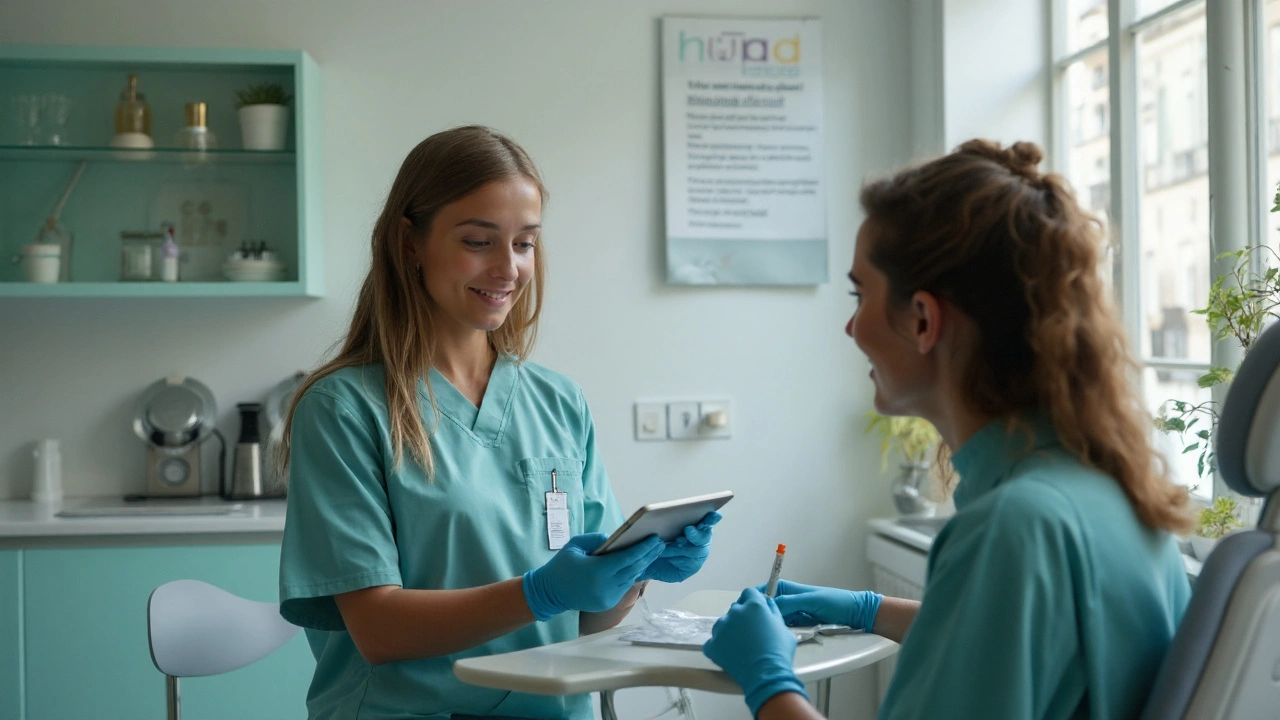Local Anesthesia: What It Is and Why You’ll Need It
Ever wondered why a dentist can pull a tooth without you feeling a thing? That’s local anesthesia at work. It’s a drug that temporarily blocks the nerves in a small area, letting doctors perform procedures without you feeling pain. Unlike general anesthesia, it doesn’t put you to sleep – you stay awake, alert, and usually pretty relaxed.
How It Actually Blocks Pain
Local anesthetics like lidocaine, bupivacaine, or mepivacaine work by stopping sodium channels in nerve cells. When those channels can’t fire, the nerve can’t send pain signals to your brain. The result is a numb zone that lasts anywhere from 30 minutes to several hours, depending on the drug and the dose.
Doctors inject the medication right where the pain would start – under the skin, around a tooth, or into a small incision. The numbing spreads quickly, and you’ll feel a tingling before the area goes completely numb.
Common Uses You’ll See Around You
Local anesthesia shows up in more places than you might think. Here are the most common scenarios:
- Dental work: Fillings, extractions, and root canals all rely on a numbing spray or injection.
- Minor skin surgery: Removing moles, cysts, or stitching a small cut usually involves a quick shot of lidocaine.
- Orthopedic procedures: Getting a joint injection for arthritis pain often uses a local anesthetic to make the shot painless.
- Diagnostic tests: Some biopsies and endoscopies use local anesthetic to keep you comfortable.
If you’re getting a larger procedure, a doctor might combine local anesthesia with a mild sedative. That way you stay calm but still avoid the risks of full sleep‑type anesthesia.
Safety, Side Effects, and What to Expect
Local anesthetics are generally safe, but there are a few things to watch out for. The most common side effects are temporary – a mild swelling, a metallic taste, or a brief feeling of light‑headedness. In rare cases, an allergic reaction can cause itching, rash, or trouble breathing. If anything feels off, let the medical staff know right away.
Because the drug stays in the area where it’s injected, you won’t feel it in the rest of your body. That also means you can’t drive or operate heavy machinery until the numbness fades. Most people wait a couple of hours before getting behind the wheel.
After the procedure, you’ll notice the area slowly regaining feeling. It’s normal for the skin to feel tight or a little sore as the anesthetic wears off. Applying a cool pack and keeping the site clean can help speed up recovery.
Quick FAQ
Can I take painkillers with local anesthesia? Yes, most over‑the‑counter pain relievers are fine, but ask your doctor if you’re on blood thinners.
Will the numbness affect my speech? If it’s in your mouth, you might sound slurred for a short while, but you’ll be fine.
How long does it last? Lidocaine usually lasts 1–2 hours, while bupivacaine can stretch to 4–6 hours.
Bottom line: local anesthesia lets doctors do their job without you feeling pain, and it’s a low‑risk option for most minor procedures. Knowing how it works and what to expect can take the mystery out of that tingling sensation and keep you confident the next time you need a quick fix.
